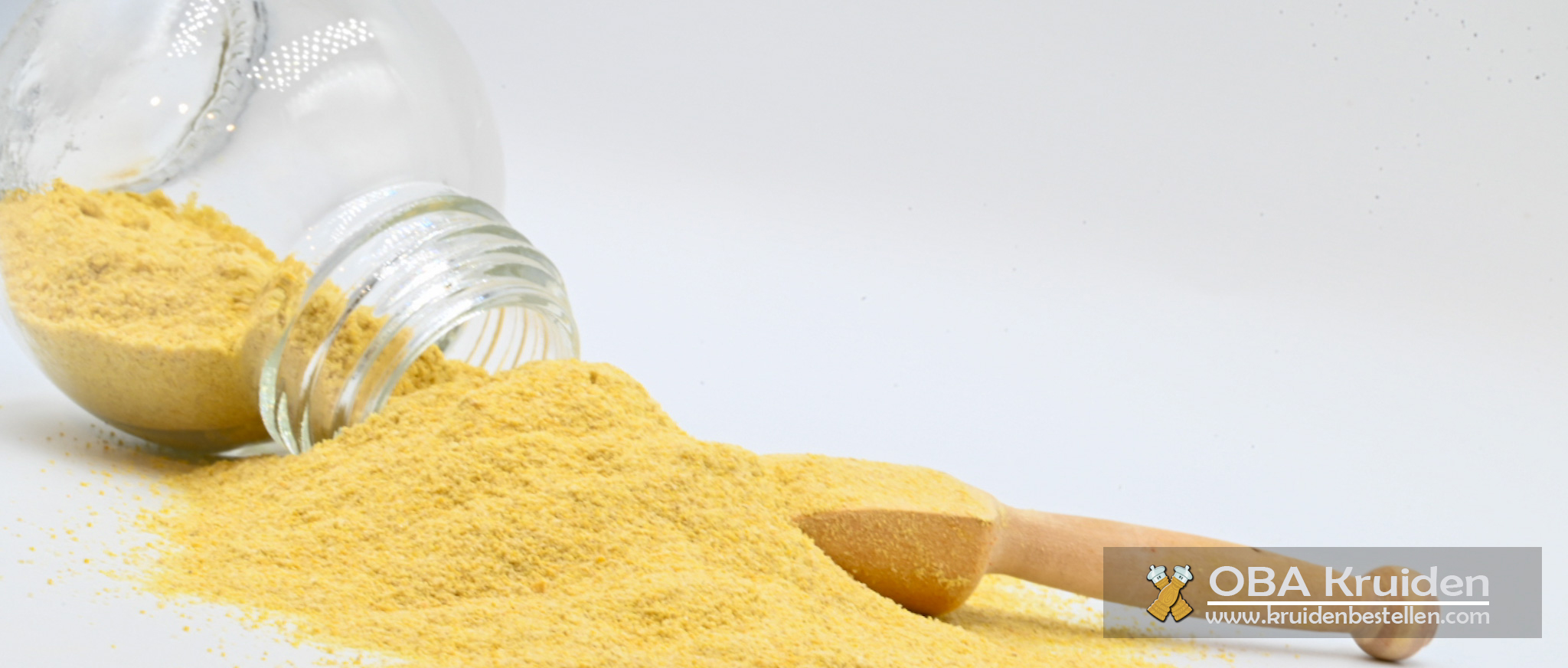Foenegriek: A Simple Guide to This Special Herb
Foenegriek is a small plant with big benefits. People use foenegriek seeds and leaves for cooking, health, and beauty. This plant has been loved for hundreds of years in many countries. It has a soft smell, a little like maple syrup, and a strong, warm taste. Some people drink it as tea, some add it to curry, and others take it as a health supplement. Foenegriek is known for helping with digestion, giving energy, and even supporting hair growth. In many homes, it is part of daily cooking. This little seed is also full of vitamins and minerals that can keep your body strong. It is simple to use, but the results can be amazing. Many people around the world are now learning about it and adding it to their diet. Moreover, foenegriek can improve digestion and boost overall wellness.
Foenegriek is also popular because it can be used in many ways. In cooking, the seeds can be roasted and ground to give food a deep, rich flavor. The leaves can be eaten fresh or dried and used in soups, curries, or salads. Some people soak foenegriek seeds overnight and drink the water in the morning to feel fresh and healthy. Herbal experts believe it can help balance blood sugar, improve digestion, and even make the skin glow. In beauty care, foenegriek paste is sometimes used as a natural hair mask to make hair thick and shiny. Farmers also grow foenegriek because it grows fast and can handle many weather conditions. Whether you love cooking, want better health, or enjoy natural remedies, foenegriek can be a smart choice to add to your life.
What is Foenegriek and Why is it Special?
Foenegriek is a small green plant with seeds and leaves full of natural goodness. People use it in cooking, herbal remedies, and even beauty care. The seeds have a warm, slightly sweet smell, like maple syrup, and a strong flavor that makes food taste richer. Foenegriek is known for being rich in vitamins, minerals, and fiber, which help the body stay strong and healthy. It can support digestion, give energy, and even help with hair growth. The leaves can be eaten fresh or dried, and the seeds can be used whole or ground. Around the world, people love foenegriek because it is simple to use and brings both flavor and health benefits to everyday life. In addition, foenegriek seeds are often used in cooking for their aromatic taste.
A Short History of Foenegriek Around the World
Foenegriek has been part of human life for thousands of years. It was first grown in the Middle East and parts of Asia, then spread to Europe and Africa. Ancient Egyptians used foenegriek in cooking and medicine, while Greek and Roman cultures valued it as a spice and healing plant. Traders carried it along old trade routes, making it known in many kitchens worldwide. In India, it is called “methi” and is a daily ingredient in curries and bread. In the Mediterranean, it flavors cheese, soups, and stews. Over centuries, people discovered its health benefits and cultural importance. Today, foenegriek is enjoyed in kitchens and herbal medicine cabinets all over the world.
Health Benefits of Foenegriek You Should Know
Foenegriek is not just tasty — it is also full of health benefits. Its seeds are rich in fiber, iron, magnesium, and other nutrients that help the body stay healthy. Many people use it to improve digestion, reduce bloating, and keep the stomach happy. It is also known to help balance blood sugar levels, which is good for people wanting to maintain healthy energy. However, some people may find foenegriek slightly bitter if overused. Some women take foenegriek to support milk production after childbirth. It may also improve skin health and hair growth. Drinking foenegriek tea, adding the seeds to cooking, or soaking them overnight are common ways to enjoy its goodness. With regular use, foenegriek can be a simple and natural part of a healthy lifestyle.
Tasty Ways to Use Foenegriek in Your Kitchen
Foenegriek can be used in many delicious ways. The seeds can be roasted, ground, and added to curries, soups, or stews for a warm and rich flavor. Fresh foenegriek leaves can be cooked with potatoes, spinach, or other vegetables. Dried leaves, called “kasuri methi” in India, can be sprinkled over bread or mixed into sauces for extra taste. You can also soak foenegriek seeds overnight and add them to salads or smoothies. Some people mix ground seeds into flour for baking bread. Foenegriek pairs well with spices like cumin, turmeric, and coriander. Whether you cook vegetarian meals or meat dishes, foenegriek can add a unique taste that makes food more enjoyable and healthy.
How Foenegriek Can Help in Natural Beauty Care
Foenegriek is not only good for food and health but also for beauty care. Many people use it as a natural remedy for healthy hair and glowing skin. The seeds can be soaked, ground into a paste, and applied to the scalp to help reduce dandruff and promote hair growth. A foenegriek paste can also be used as a face mask to soften skin and reduce blemishes. However, some people may find foenegriek slightly bitter if overused. The antioxidants and vitamins in foenegriek help nourish the skin from the inside and outside. Some people drink foenegriek tea daily to improve their skin’s appearance. It is a safe, natural, and affordable beauty aid that has been trusted for centuries in many cultures.
Easy Tips to Grow Foenegriek at Home
Growing foenegriek at home is simple and does not need much space. You can plant the seeds in a pot, garden bed, or even a small tray. It grows best in sunny spots with well-drained soil. Water the seeds lightly every day and you will see sprouts within a few days. The leaves can be harvested in 3–4 weeks, while seeds take longer to mature. Foenegriek grows fast, so you can enjoy fresh leaves regularly. It also improves the soil by adding natural nutrients. Whether you have a garden or just a windowsill, growing foenegriek is an easy way to enjoy fresh herbs and a healthy supply for cooking.
Foenegriek Tea: A Simple Drink for Wellness
Foenegriek tea is a gentle and healthy drink you can enjoy daily. To make it, soak a teaspoon of foenegriek seeds in water overnight, then boil them for a few minutes. The tea has a mild, nutty flavor and is full of nutrients. Drinking it can help with digestion, reduce bloating, and keep the stomach comfortable. Some people drink it in the morning for energy, while others enjoy it before bedtime for relaxation. Adding a little honey or lemon can make it taste even better. Foenegriek tea is a natural way to support your health, and it is easy to make with just a few seeds and hot water.
Possible Side Effects of Foenegriek and How to Stay Safe
Foenegriek is safe for most people, but it can cause mild side effects in some cases. Eating too much may lead to stomach upset, diarrhea, or bloating. Some people may also be allergic to it, especially if they are allergic to peanuts or chickpeas. Pregnant women should avoid taking high amounts because it may affect pregnancy. Foenegriek can also lower blood sugar, so people on diabetes medicine should be careful and check with their doctor before using it regularly. To stay safe, start with small amounts and see how your body reacts. Used in normal cooking, foenegriek is healthy, but like all herbs, it should be enjoyed in moderation.
Who Should Use Foenegriek and Who Should Avoid It
Foenegriek is great for people who want to improve digestion, add nutrition to their meals, or enjoy natural remedies. It is useful for cooking lovers, health-conscious people, and those looking for plant-based wellness. Women after childbirth may benefit from its support for milk production. However, it is not for everyone. People with allergies to legumes, pregnant women, or those taking blood-sugar-lowering medicines should be careful. Always talk to a doctor before using foenegriek as a supplement. For most healthy adults, small amounts in food are safe and beneficial. Understanding who should and should not use foenegriek can help you enjoy it without risk.
Conclusion
Foenegriek is a tiny seed with big powers. It can make food tasty, help the body stay strong, and even keep hair and skin healthy. People have used it for a very long time, and it is still loved in many homes today. You can drink it as tea, cook it in food, or use it in beauty care. It is simple and easy to add to your daily life. Similarly, foenegriek is often compared to other herbs like cumin or fennel.
The best thing about foenegriek is that it works in many ways. It can be grown at home, bought in the market, and used in different recipes. Just remember to use it in the right amount. With foenegriek, you get both good taste and good health in one small plant.
FAQs
Q: What is foenegriek used for?
A: Foenegriek is used in cooking, herbal remedies, and beauty care. People add it to food for flavor and health benefits.
Q: Can I drink foenegriek tea every day?
A: Yes, you can drink foenegriek tea daily in small amounts. It may help digestion and give energy.
Q: Is foenegriek safe for everyone?
A: Most people can use it, but pregnant women and people with allergies or certain health problems should check with a doctor first.






